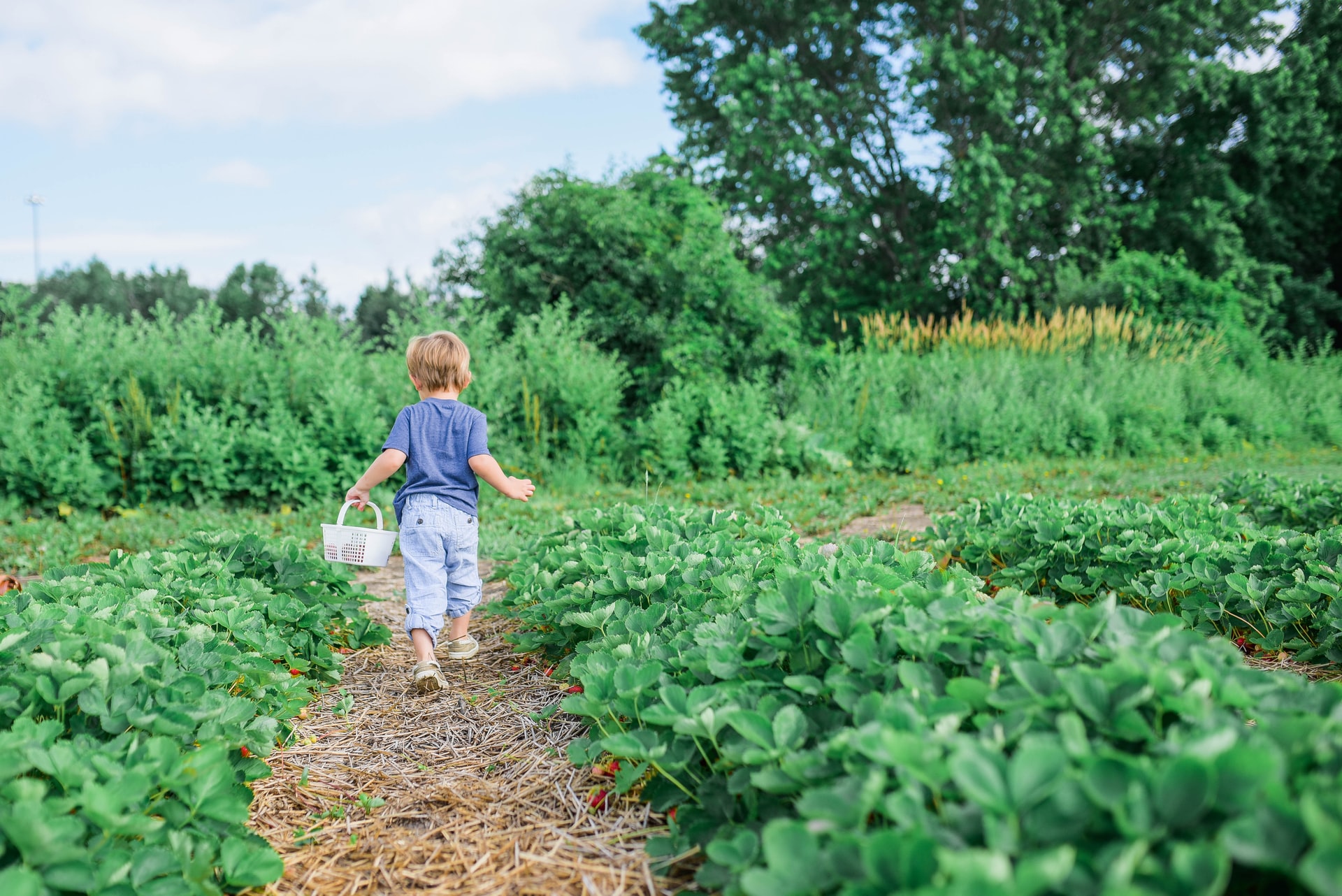
6 Tips for Teaching Children About Sustainability
We are reader-supported. When you buy through links on our site, we may earn affiliate commission.
Children soak up the things adults teach them. Whether you love sports, read mystery novels or go running, your children will want to do those things with you. When children spend time with adults, they’re learning everything from ethics to posture and how to talk to people.
One of the most valuable lessons you can teach kids is to value and respect the planet. Protecting a healthy environment is an investment for kids’ futures and shows them that you’re thinking of their welfare. Here are six ways you can teach children about sustainability.
1. Talk About It
The best way to introduce sustainability to kids is to talk about it. You can discuss recycling when taking out the trash and talk about packaging while you’re grocery shopping. Talk about how to preserve energy and water use at home. Ask your kids questions to get them involved in the discussion and hear what they think.
Talking about sustainability will help your kids develop a concrete understanding of what sustainability looks like and why it matters. Young children especially enjoy asking why – they want to learn about everything around them and know that their questions have answers. Your conversations can equip them to understand sustainability and make eco-friendly choices from a young age.
2. Set an Example
Children are extremely intelligent and will notice if your actions don’t line up with your words. If you want them to listen to you, it’s important to set an active example for sustainability. This means you should follow through on the things you talk about – recycling, properly disposing of chemicals, using organic gardening methods, etc.
When you spend time outside, teach your kids how to respect wildlife and be careful of native plants. Take your kids foraging and show them how to leave enough behind so plants can reproduce successfully for next year. Be thoughtful about reusing resources and purchasing materials that can be recycled.
3. Ask New Questions
Teach your kids to ask lots of questions. When you buy something from the grocery store, talk about where it came from. Ask your kids how they think it got there and how much of its packaging is sustainable. Discuss whether there’s a better way to make and ship goods and the challenges companies may face when trying to be sustainable.
Encourage your kids to ask questions about the environment too. You can explain the natural cycles of the seasons and how nutrients cycle in the soil. Show them how composting enriches the ground and how the earth is built to be sustainable. Listen to your kids’ questions and be honest if you don’t know something – you can keep learning together.
4. Volunteer Together
Volunteering is an excellent way to teach children the value of sustainability. If you’re willing to sacrifice time and energy for a healthy earth, they will be too. Volunteering is also an opportunity to show your kids that being sustainable can be fun – it makes the world a better place and it’s a chance to make new friends.
Have your kids help you with age-appropriate activities. For example, you can pick up trash along a busy road once your kids are old enough to stay safe in that environment. In the meantime, show them how to care for your yard. You can also have your kids join you in completing sustainability challenges and initiatives.
5. Do Nature Studies
School curriculum usually incorporates nature studies into science classes. However, there’s only so much that kids have time to learn about at school. You can further enhance their interest in sustainability by teaching them about the natural world they live in. To make this feel less like school, combine your nature studies with lots of free time outside.
Follow the seasons so kids can get practical experience in what you’re learning. For example, you can talk about mushroom identification in the spring and fall when mushrooms are easy to find. Teach your kids how to identify the plants and animals where you live. Take them foraging, create a seasonal scavenger hunt or learn some wilderness survival skills together.
6. Spend Time Outside
A love for the natural environment is one of the most motivating factors for being sustainable and taking care of the planet. You can encourage a love of nature in your kids by spending lots of time with them outdoors. Go hiking, have regular playdates at your local park and let your kids explore the yard without your supervision.
Studies show that children who spend time outside are stronger, smarter and happier. However, kids who spend time outside also tend to care more about protecting their natural surroundings. They’ve experienced the benefits of nature, feel a strong connection to the planet and want to preserve a healthy environment for themselves and future generations.
Sustainability in Action
It’s one thing for your kids to learn what sustainability means. However, it’s even better if they can learn to explore and make healthy choices from a young age. Instilling the why for sustainability in your kids will drive them to value nature and continue improving the way they treat the planet.
Use these six tips to teach your children about sustainability. By following your example, they can learn to respect and care for the environment from a young age. Follow up your discussions with action and learn as much as you can together. Hopefully, your kids will be able to take sustainability practices farther than you ever thought possible.
Share on
Like what you read? Join other Environment.co readers!
Get the latest updates on our planet by subscribing to the Environment.co newsletter!
About the author
Maria Visser
Maria serves as the Assistant Editor of Environment.co. A true foodie and activist at heart, she loves covering topics ranging from veganism to off grid living.





